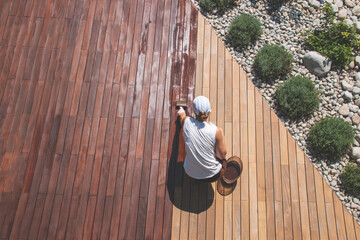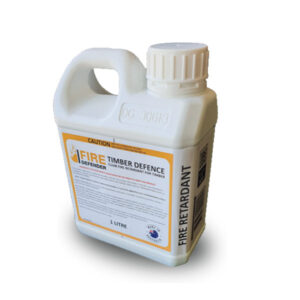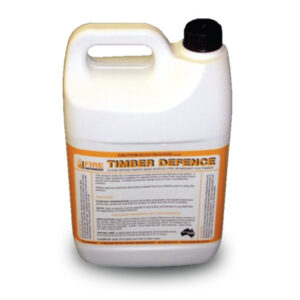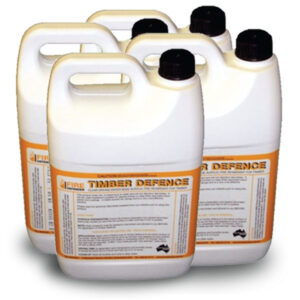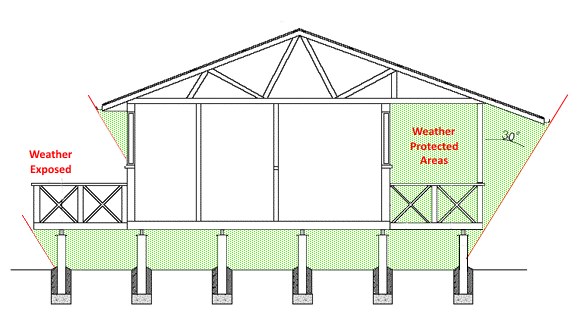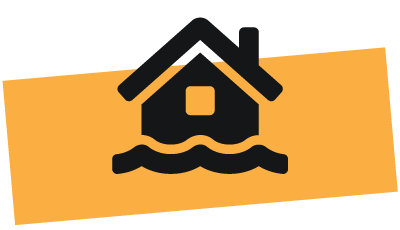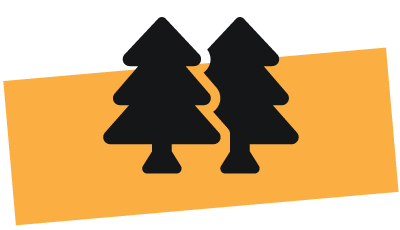What Timbers Can I Use Timber Defence On?
At this stage, we have only tested Timber Defence on Radiata Pine however, many certifiers have allowed the use of Timber Defence on other softwood timber species, particularly in the lower BAL rated areas (less than BAL19). Mainly because Timber Defence readily soaks into softwood timbers. We recommend you have this discussion with the certifier/surveyor/authority that will ultimately sign-off on your project. We cant make this decision for you.
ALSO, Timber Defence can only be applied to raw unsealed timber, it cannot be applied to pre-painted or primed timber because Timber Defence is designed to be absorbed in to the timber. Timber Defence can be used on CCA treated timbers provided it is not a wax based LOSP treatment.
What BAL Rated Areas Can I Use Timber Defence In?
Timber Defence has been tested by BRANZ and approved for use in areas up to BAL29 for FULL WEATHER EXPOSURE. Copies of the supporting BRANZ test reports can be found HERE.
Timber Defence has been tested by CSIRO and approved for use in areas up to BAL29 for WEATHER PROTECTED AREAS. Copies of the supporting CSIRO test reports can be found HERE.
Why Would I Choose Timber Defence Over Another Product?
There are several main reasons why you would choose to use Timber Defence.
- Firstly cost. It works out to around $9.95 per square metre. Other products on the market start at around $40.00 per square metre and can be up to $60.00 a square metre.
- Coverage. Timber Defence coverage is approx. 4-5sq mtrs per litre; 2 wet-on-wet coats finished – other products can be as little as 0.9 sq metres and require 3 coats.
- Ease of application. Slop it on; it all soaks into the timber. Second coat goes on while first coat is still wet. Jobs done a dusted in one go.
- Timber Defence dries clear. Timber defence does something the others can’t; it seals the timber and allows for a natural timber finish.
- Maintenance. No maintenance required and reapplication is not possible. Once Timber Defence dries and cures within the timber, it’s a onetime, lifetime, job done and dusted.
- Timber Defence can be over-coated with any top coat; clear or coloured.
Where Can I Use Timber Defence?
Fire Defender more recently completed successful testing for “Full Weather Exposure” use when coated with Sikkens clear/stain coatings using our “All Weather System”
As a standalone product, Timber defence can only be used in what the Bushfire Standard defines as a “Weather Protected Area” – more detail below.
NOTE: in the Blue Mountains area of NSW, a Full Weather Protected system must be used regardless of where timber is used. Please check with you local authority prior to purchase.
How Does The Bushfire Standard Define A “Protected Area”?
External timbers are deemed to be protected if they are covered by a roof projection (or similar) at 30 degrees or greater to the vertical and they are well detailed and maintained (painted or stained and kept well ventilated). Areas shaded green in the image below show likely areas where Timber Defence can be used on pine timber.
What are some of the things I can do to ensure I can use Timber Defence?
Most of what you can be done, must be done at the design stage of the home. As you can see in the image above, on the right side of the home, the extended overhang of the roofline enables the entire porch/patio to be encompassed in the “Protected Area”. On the left side the “Protected Area” only extend part way down the wall.
Pine timber is much cheaper than hardwood; especially the hardwoods that are deemed to be “Inherently Fire Retarded”. Designing your home to use pine in these weather protected areas will certainly save money on high hardwood timber costs.
Windows and doors that are left exposed to the weather can be covered with door/window awnings or hoods. These will need to be permanent structures; not canvas or roll-out type awnings.
Testing Process
There are two stages to the testing process. The first stage is test sample preparation and the second stage is the actual fire test. The test sample preparation stage is a weather process that simulates 10 years’ worth of weathering; a process that takes 6-8 weeks. This process has been successfully completed for our “All Weather System” however, only fire testing has been done on the Standalone use – no weather testing done.
The standalone testing was completed by CSIRO, the All-Weather System completed by BRANZ. Both testing laboratories are NATA approved testing facilities.

